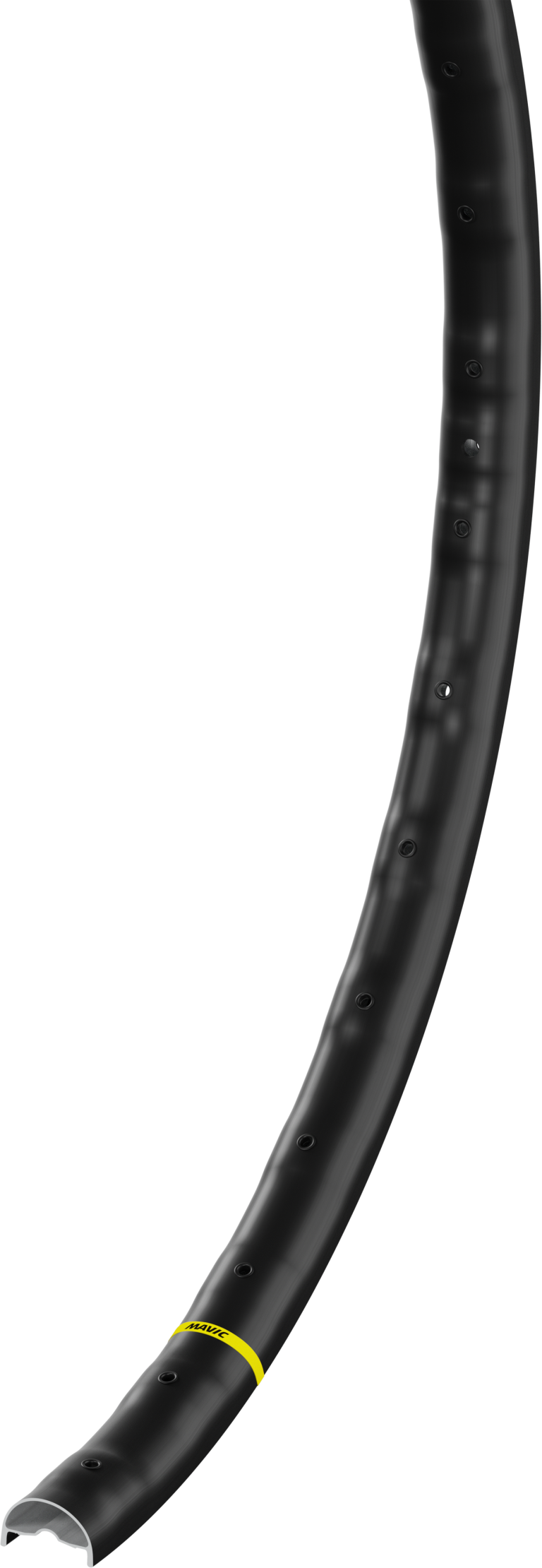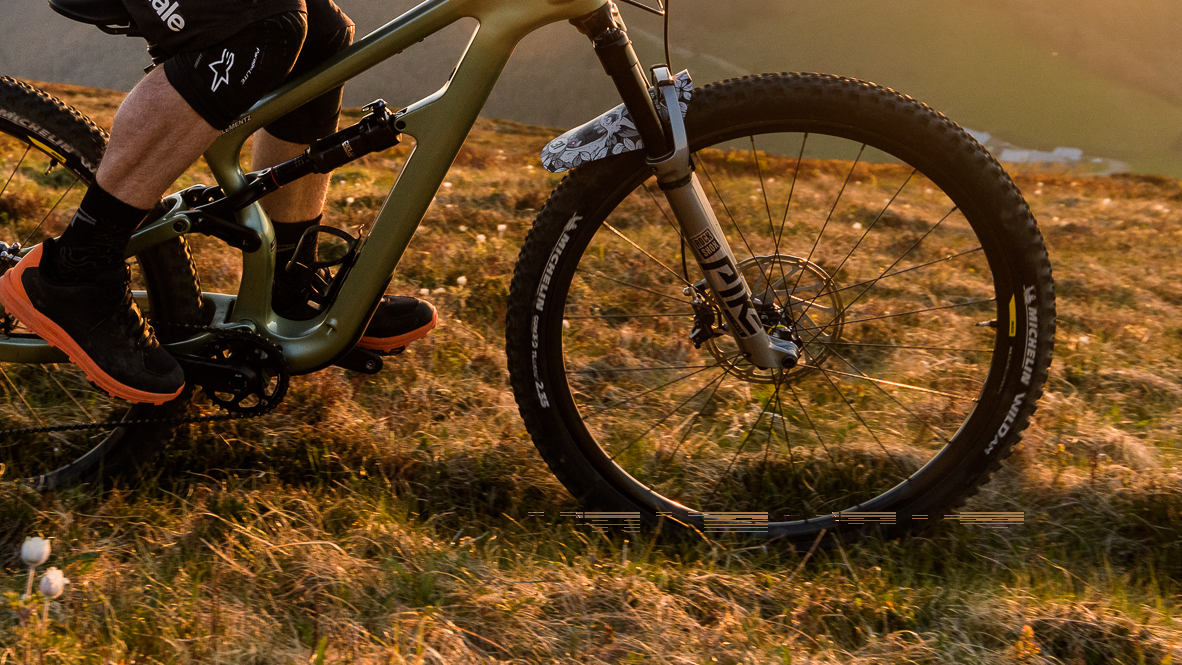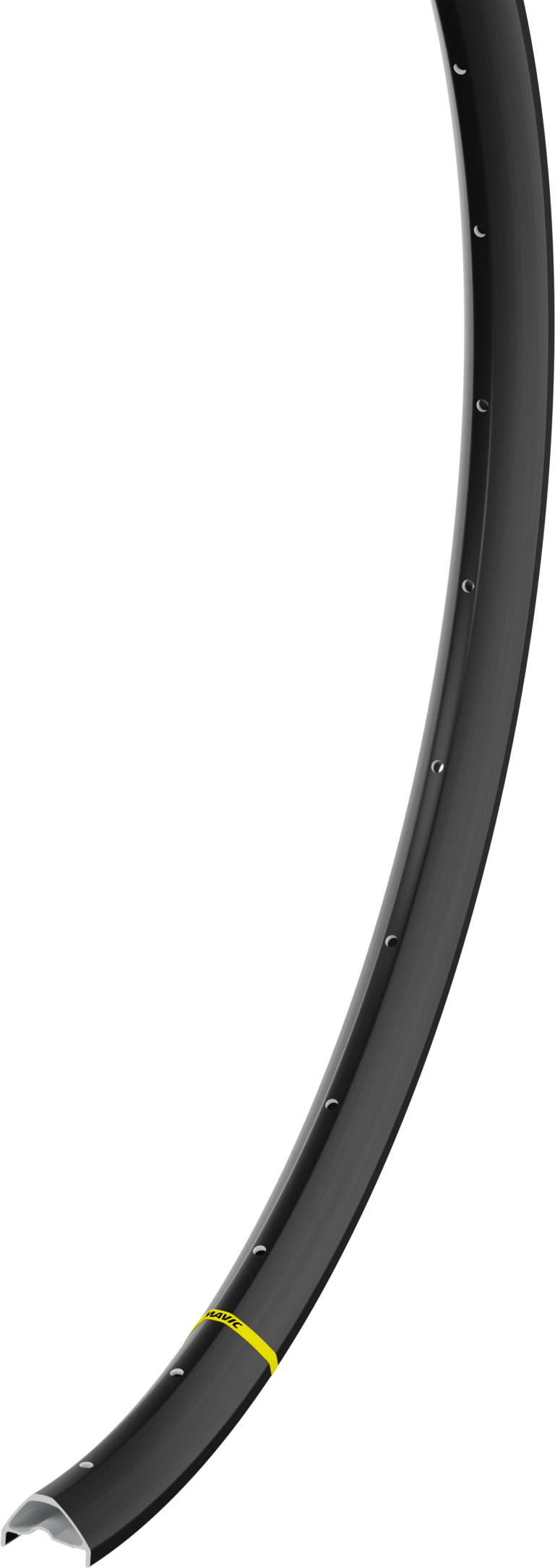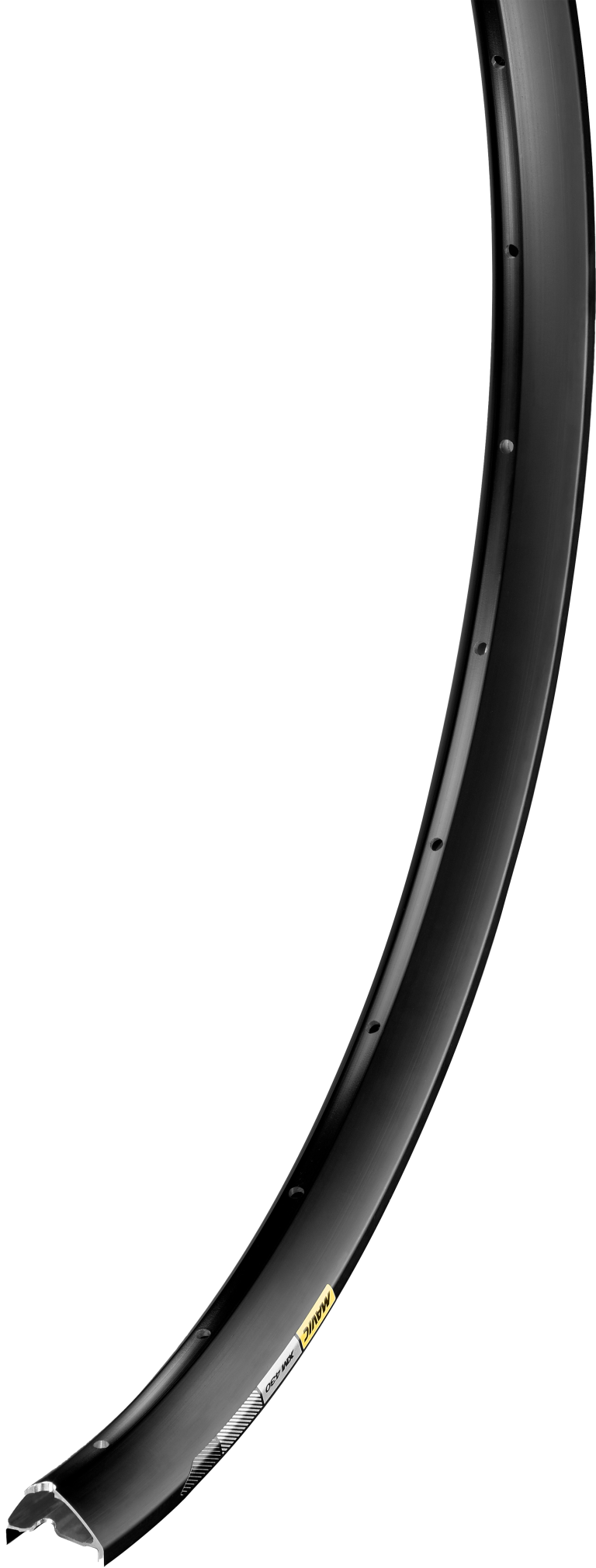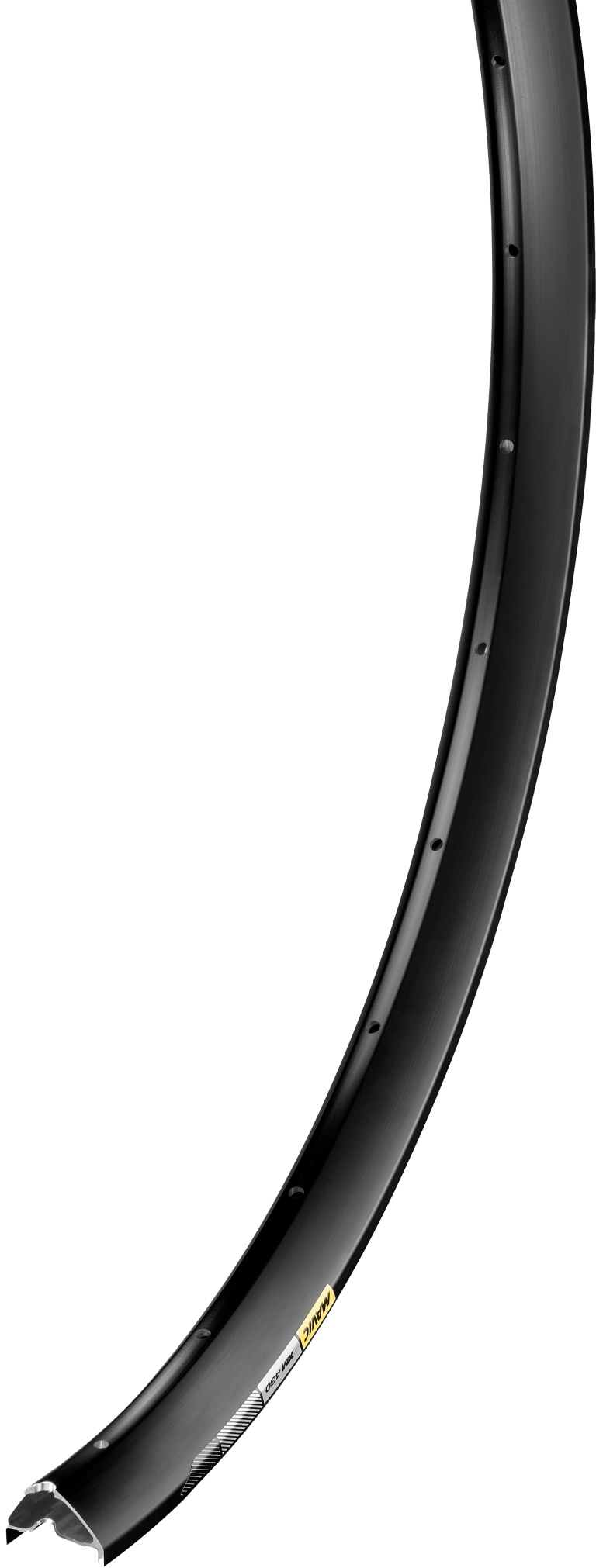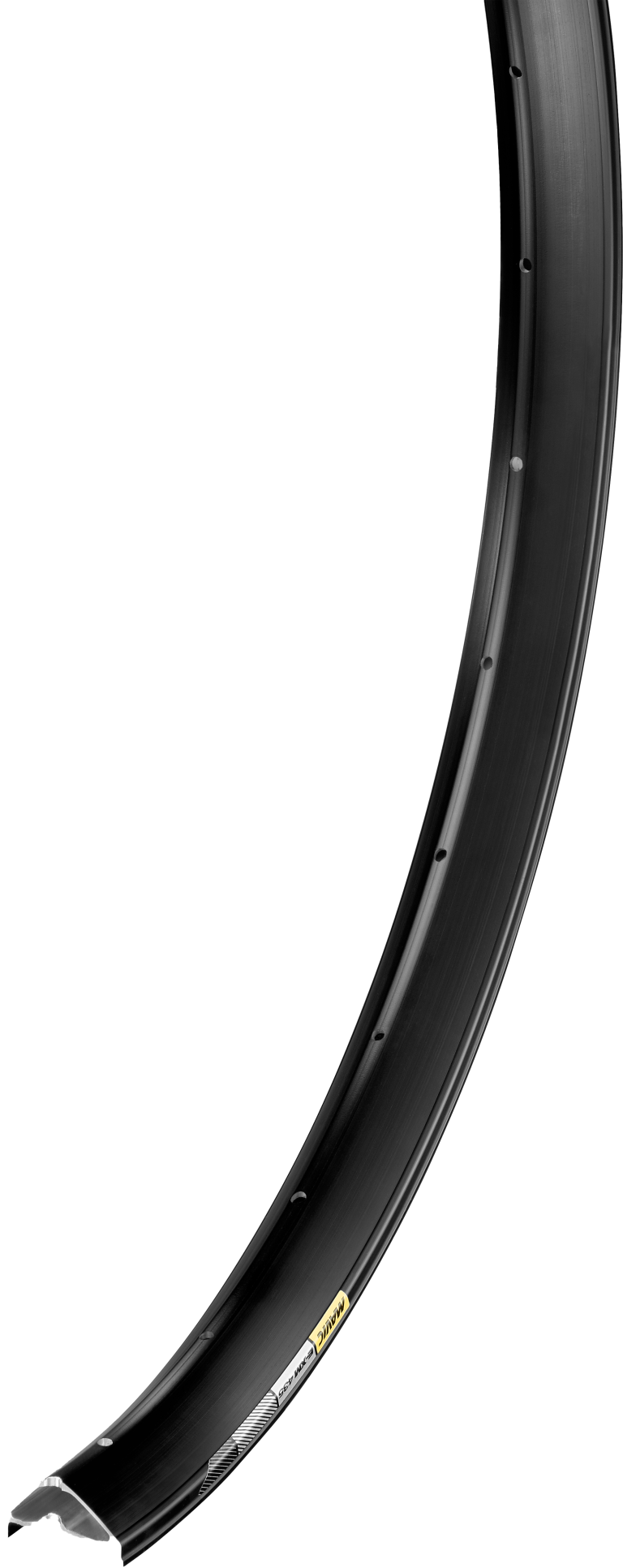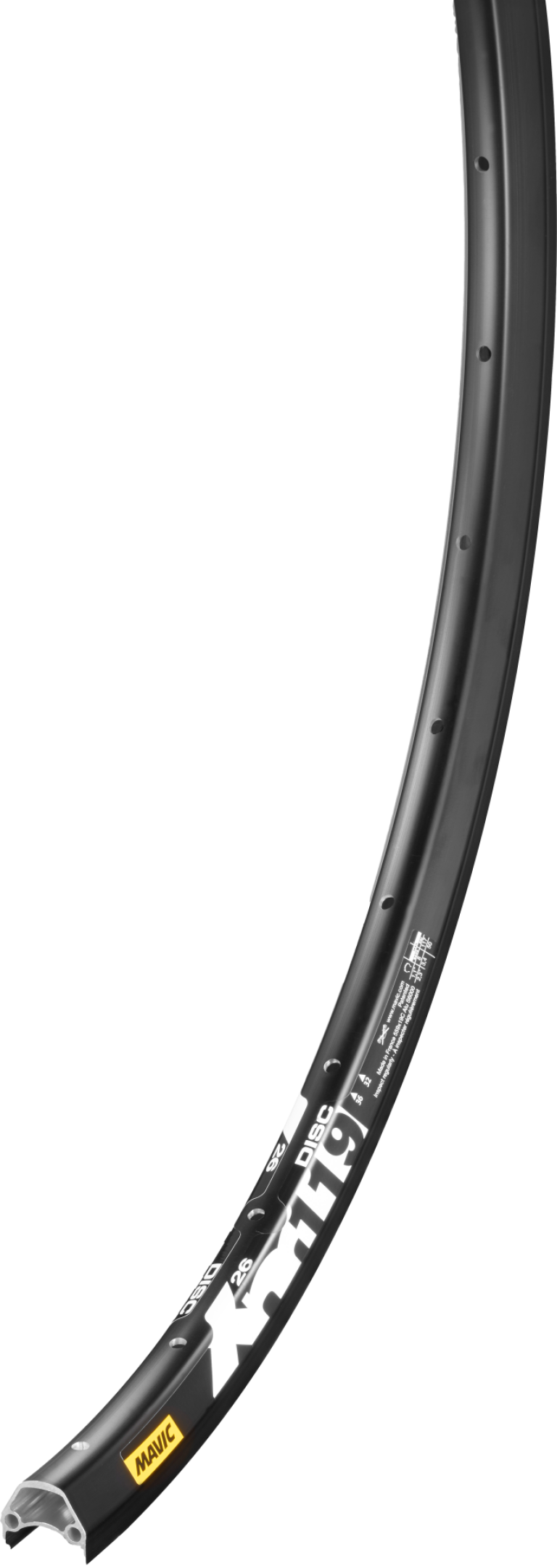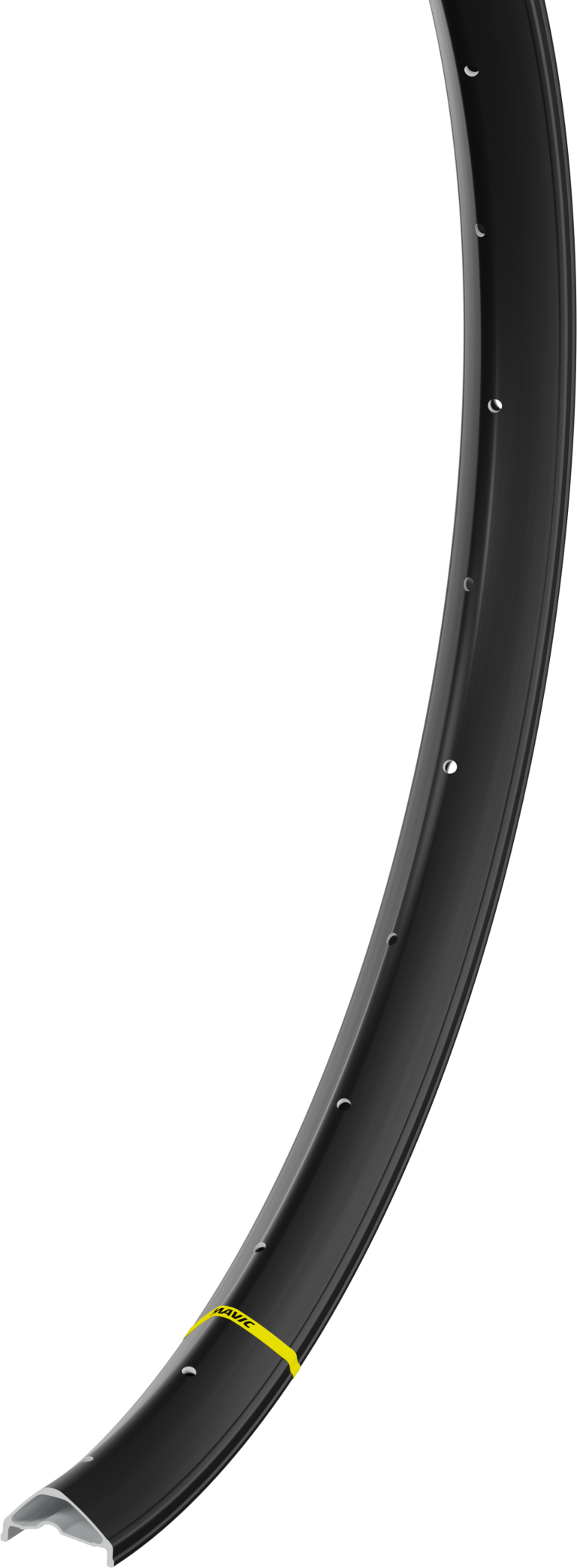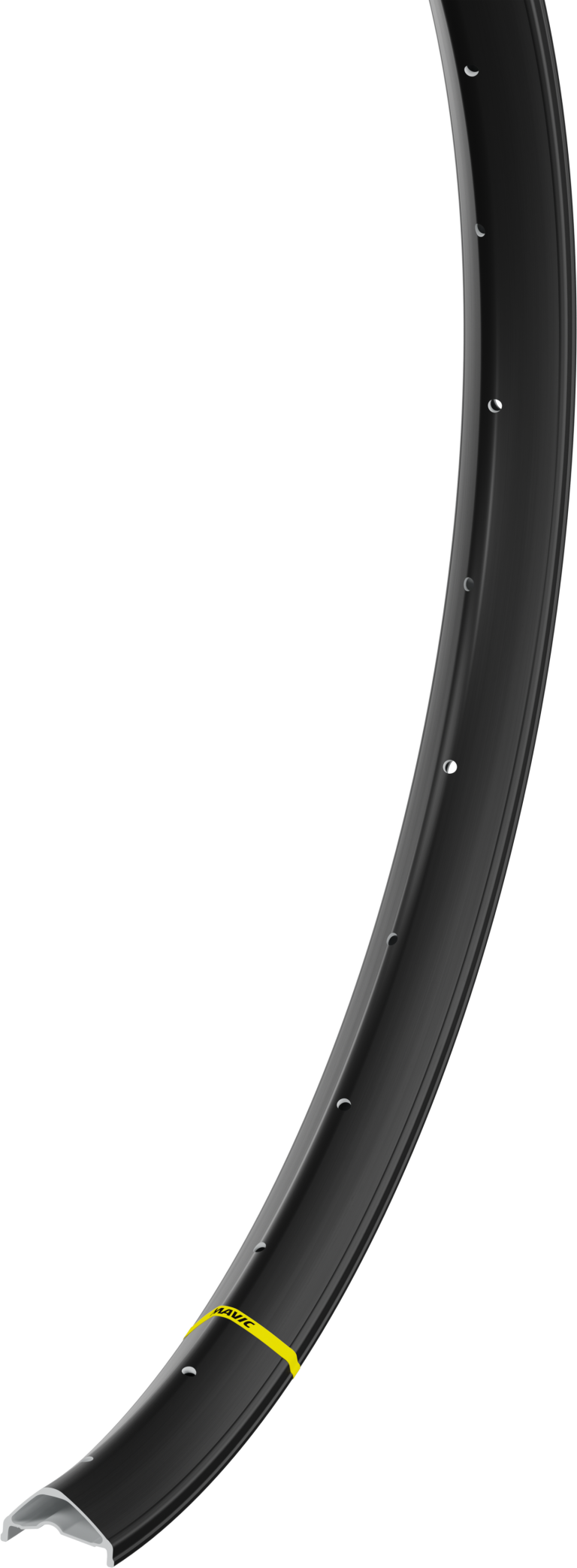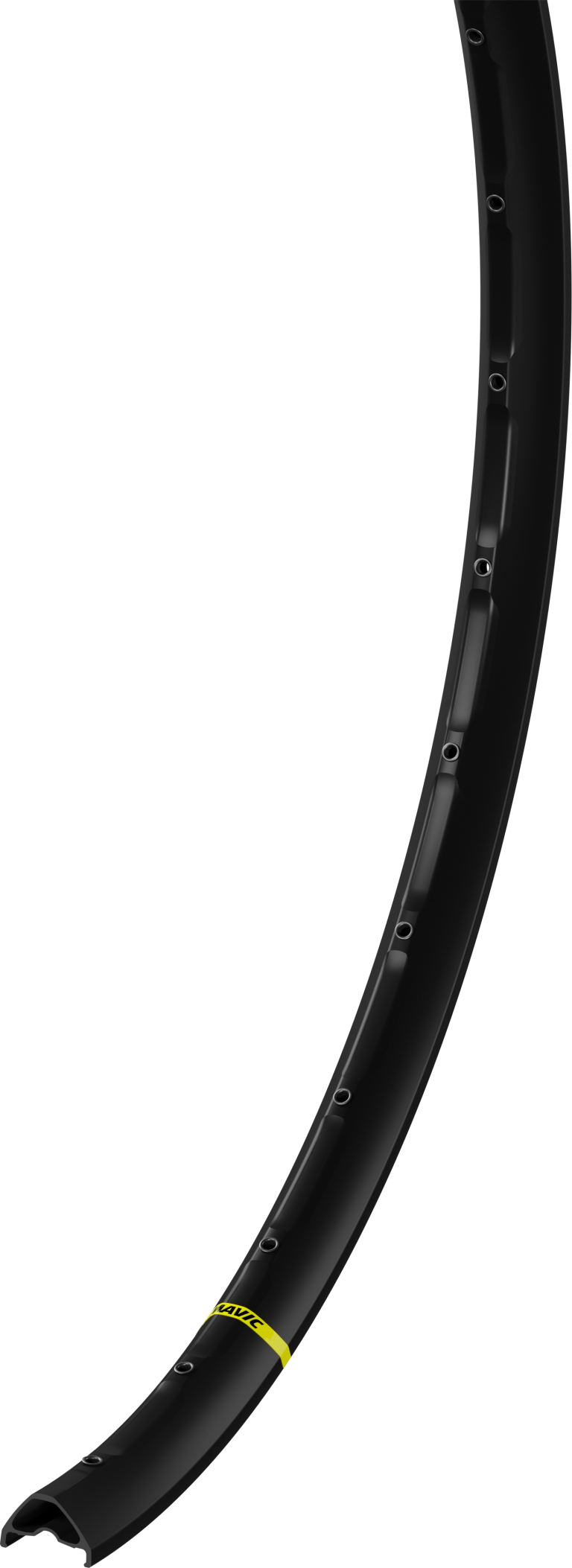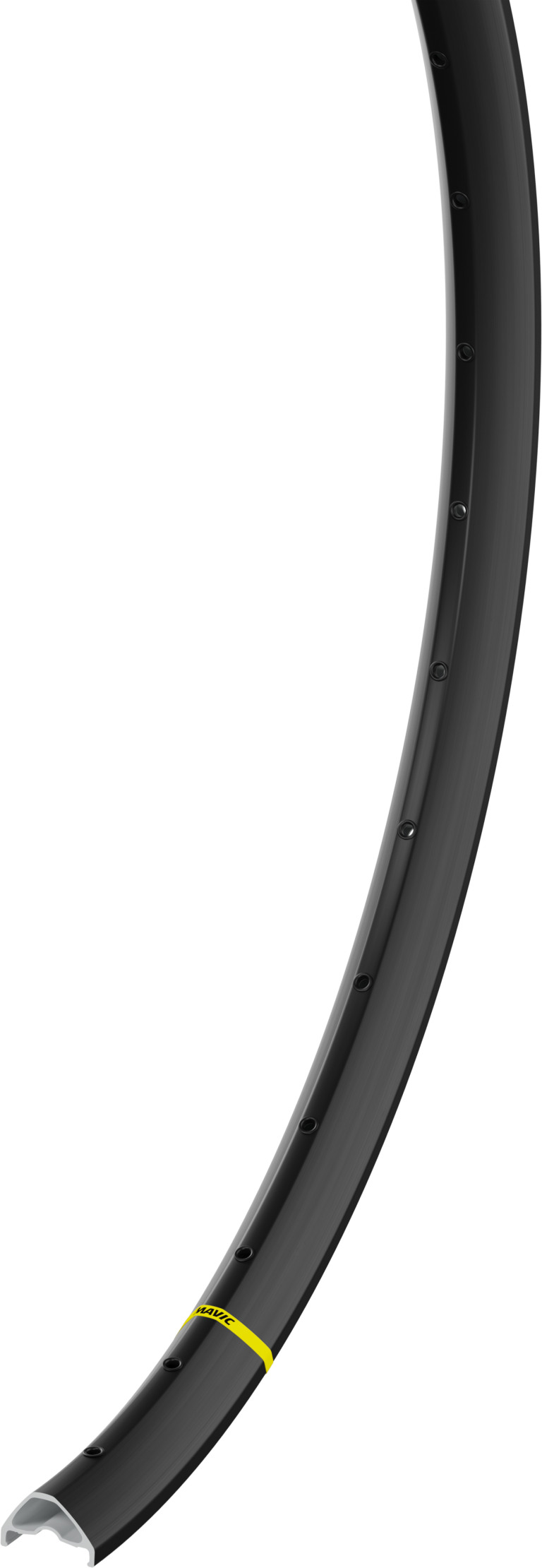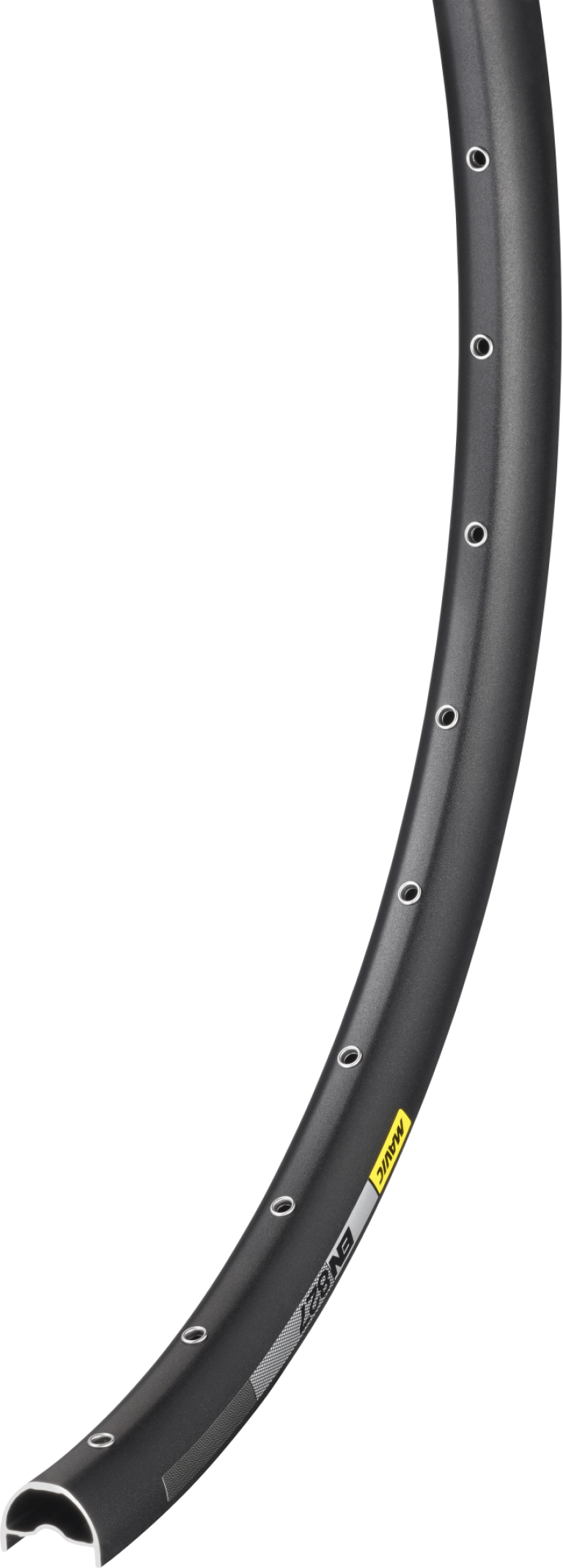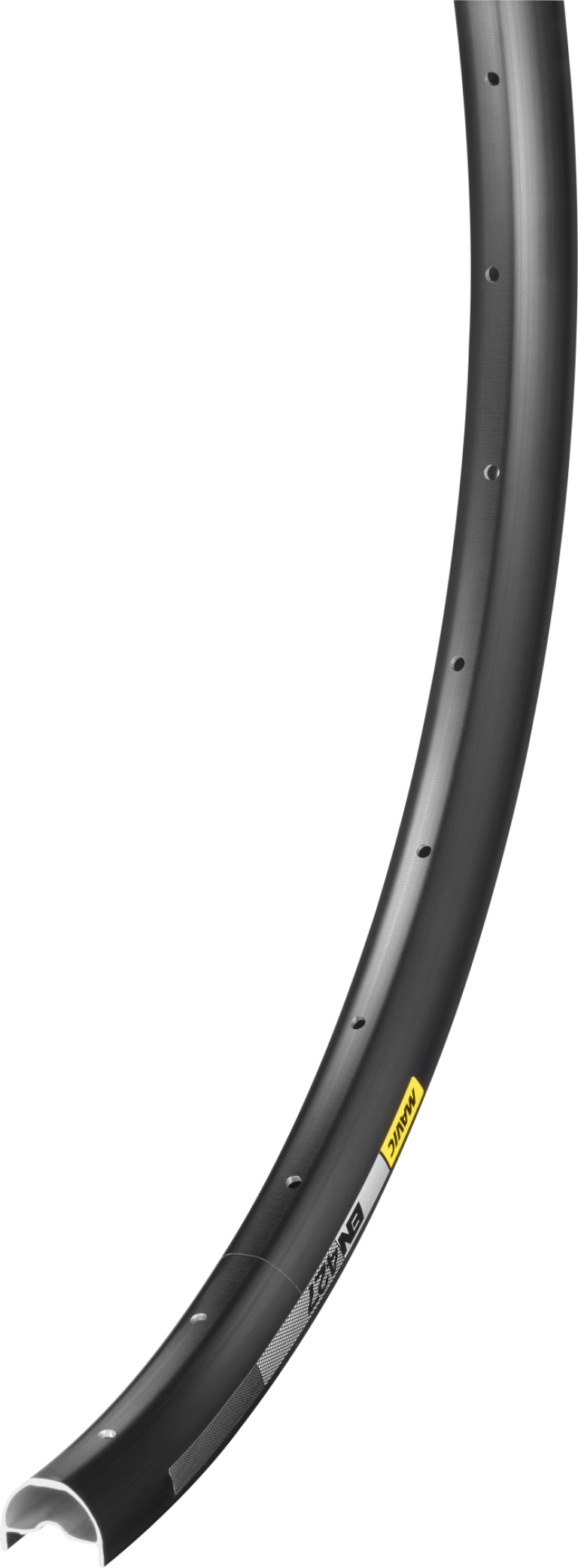What is the ideal rim size for trail riding: 29", 27.5" or something else?
The choice of rim size for trail bikes depends on the rider's preferences and the type of terrain. 29-inch rims offer better rollability, easier obstacle clearance and superior speed retention, ideal for long distances or less technical terrain. 27.5-inch rims, on the other hand, are generally more maneuverable and offer quicker responsiveness, which is desirable on winding or technical terrain. Some cyclists may also consider 27.5+ for greater traction and comfort, or even, more rarely, the 26", a relic of a bygone era. The rider's size and riding style also influence the decision.
